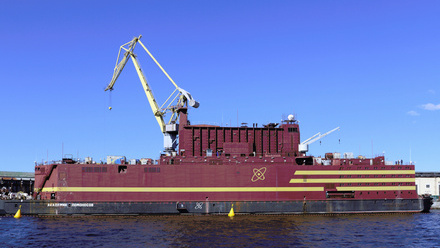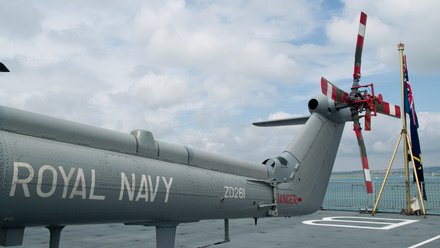Harnessing wind power key to cleaner shipping
Wind-assisted propulsion systems are gaining traction as viable solutions for reducing fuel consumption and greenhouse gas emissions.
Vessels augmented with high-tech solutions allowing wind propulsion to improve efficiency and lower emissions look nothing like those seen on the likes of the Jock Willis Shipping Line’s tea clipper Cutty Sark or the F. Laeisz shipping company’s five-masted full-rigged ship the Preussen. Here we look at some of the more recent developments in the industry.
Norsepower’s rotor sails
Rotor sails are powered spinning vertical cylinders that harness the Magnus effect to generate forward thrust from side winds.
Norsepower are scaling up its rotor sail operations. In November 2024, they opened the world’s first dedicated rotor sail factory in Dafeng, China. This year, they’ve been busy signing agreements with the likes of Stena Line for the delivery of rotor sails on a new methanol hybrid RoRo vessel, and for six newbuild tankers for the GEFO Shipping Group. Speaking about the GEFO deal, Heikki Pöntynen, CEO of Norsepower, said in a press release that it represents a shift in how the shipping industry perceives wind propulsion.
BAR Technologies rigid sails
Rigid sails function like vertical aircraft wings, using lift to push vessels forward.
Union Maritime will soon welcome the Brands Hatch, a long range 2 tanker, into its fleet. The vessel will be the first newbuild tanker installation using Bar Technologies WindWing’s rigid sail technology. Projected to cut fuel use by 1,200 tonnes annually, the sails could slash over 3,800 tonnes of carbon dioxide. Bar Technologies says this is up to 30% more than a comparable 2022 vessel.
Bound4Blue’s suction sails
Suction wings use internal fans and trailing-edge vents to draw airflow closer to the surface, maximising lift and thrust through boundary layer suction.
On the RoRo vessel Ville de Bordeaux, Bound4Blue’s eSAILs have delivered fuel savings of 1.7 metric tonnes, up to 5.4 metric tonnes, daily. According to Bound4Blue, this equates to around 2,200 tonnes of carbon dioxide reduction annually. Earlier this year, Bound4Blue also installed four 26-meter-high eSAILs on the juice carrier, Atlantic Orchard. These are the world’s largest suction sails ever built and installed on a vessel.
Beyond the Sea’s kites
Flying high above the water, large parafoil kites tethered to ships capture strong, consistent winds to tow vessels forward.
Beyond the Sea is undertaking several real-world tests of their SeaKites this year. In May, a 500 m² SeaKite was installed on the LPG tanker Forbin. June saw testing of a 50 m² SeaKite on a deep-sea tugboat, with a view to testing a 100m2 kite, then 200m2.
Later this year, a 100m2 SeaKite will be installed on the fishing longliner vessel Cap Kersain, which sails between Réunion Island and Kerguelen and Crozet. Global shipping firm Ultranav is partnering with Beyond the Sea to retrofit its fleet, beginning with a 100 m² kite in 2025, scaling to 400 m² by 2026–2027.
OceanWings soft sails
Soft sails are vertical cloth sails with 360° rotation. Smart sensors and motors adjust them to wind direction and retract them when not in use.
Two years after fitting lowerable fixed Wingsails to the Canopée, a vessel designed to transport components of the Ariane 6 rocket between Europe and French Guiana, OceanWings reports an average saving of 1.3 tonnes of fuel per day and 99.6% operational availability. Software and AI improvements are already increasing the potential savings. On a more recent transatlantic voyage, daily savings reached 2.2 tonnes per sail and speeds of up to 13.7 knots under sail alone.
Discuss this and similar topics by joining IMarEST’s Ship Energy and Environmental Special Interest Group.
Tell us what you think about this article by joining the discussion on IMarEST Connect.
Image: WindWings on the Berge Olympus. Credit: BAR Technologies.






